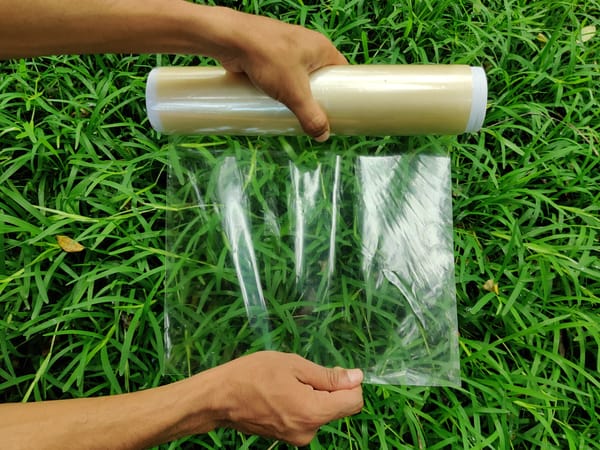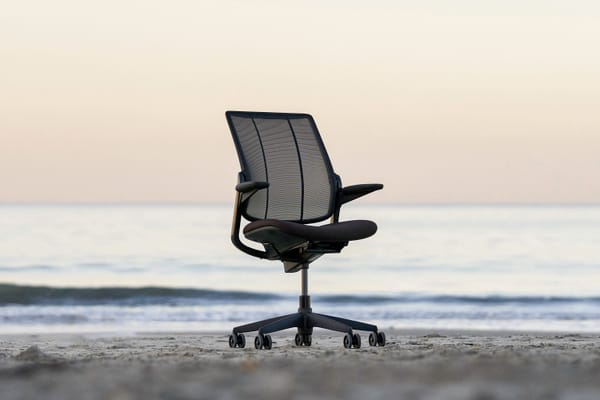How Room & Board Builds Sustainability Into the Brand
The furniture company's "Product, People, and Planet" framework guides its sustainability work.
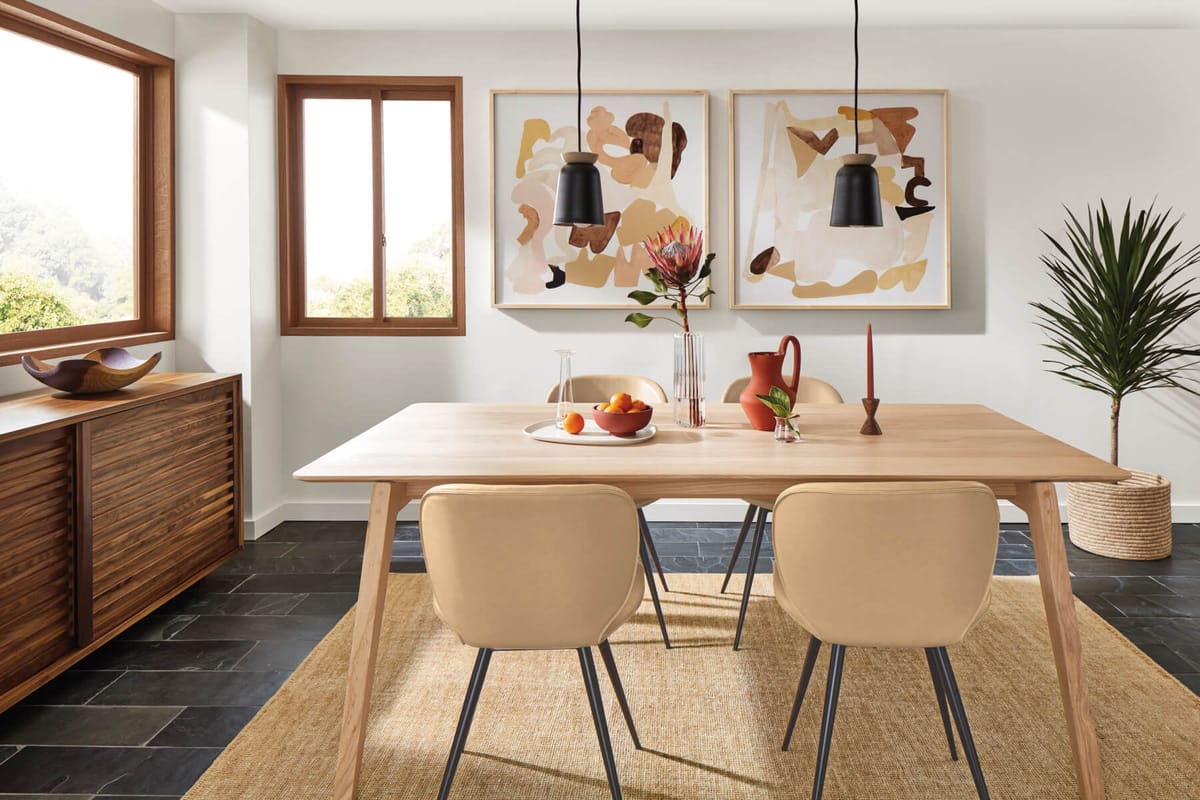
If a tree falls in the forest and there’s no one around, does it make a sound? At the very least, it can make high-quality furniture.
Specifically, Room & Board has been turning reclaimed wood into timeless furniture pieces like tables, bookcases, and shelves.
Approximately five years ago, the USDA Forest Service reached out to Room & Board about reusing wood from row homes that were being deconstructed in Baltimore. Since then, the furniture brand has expanded its Urban Wood Project to several cities to give new life to more waste.
In Minneapolis, for example, where Room & Board is headquartered, the company has partnered with Wood From the Hood to use reclaimed urban wood that might have otherwise been sent to landfill, mulched, or burned, due to issues like infestations or storms. Not only does that avoid waste, but it removes the need to cut down healthy trees for new furniture.
Doing so can be “a differentiator from a company standpoint and the products that we're able to offer,” while at the same time making an environmental difference by taking “these trees that are destined for landfill and actually upcycling them into something amazing,” says Emily McGarvey, director of sustainability for Room & Board.
This type of project is just one of many ways that Room & Board has been incorporating sustainability throughout its business. Room & Board's sustainability framework centers around three core buckets:
Better Products
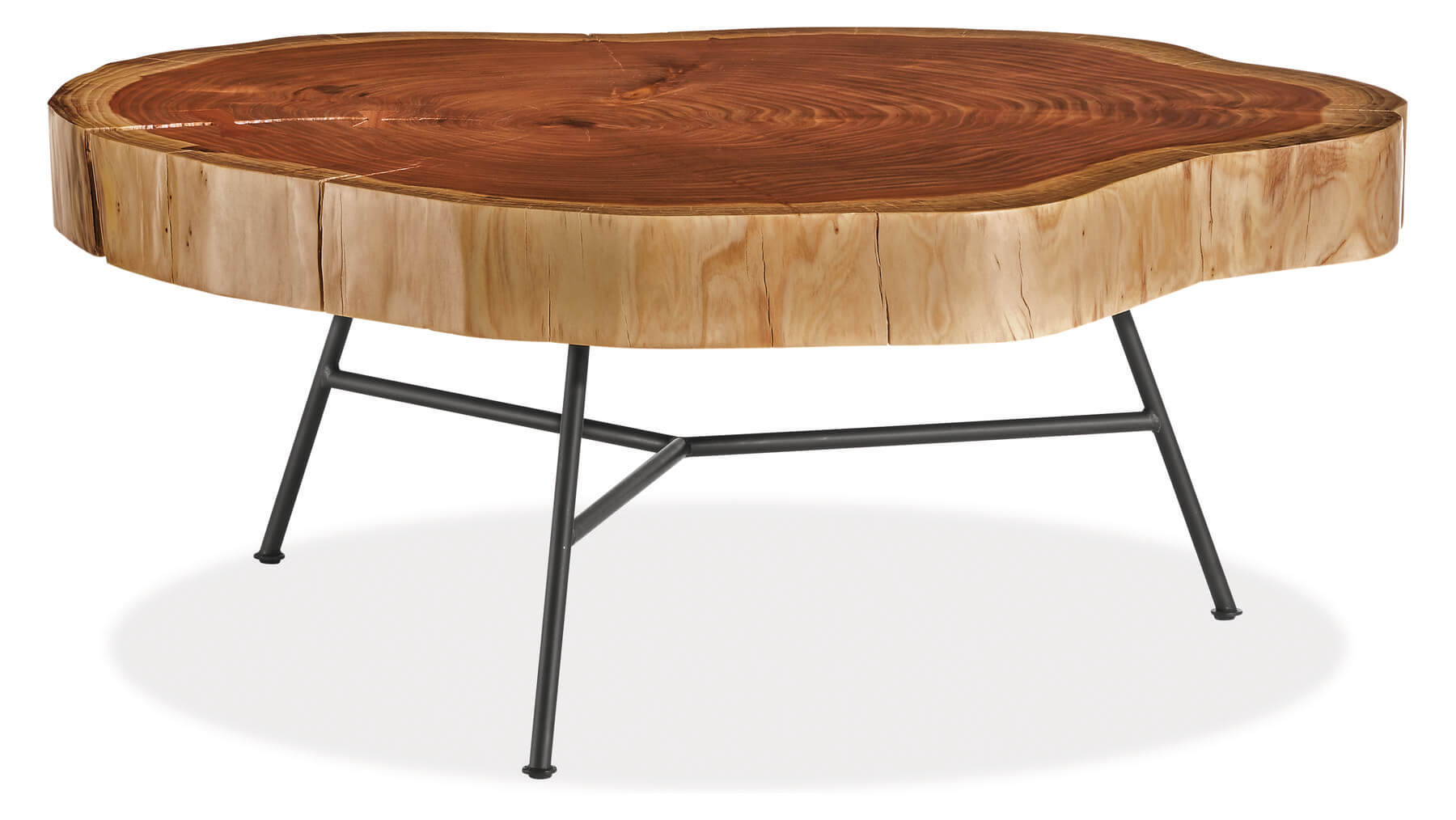
Under the “better products” bucket, Room & Board focuses on creating furniture designed to last for decades, rather than trend pieces that might go out of style in a few years. That helps the environment by limiting the demand for new materials.
When Room & Board does make new products, it’s able to limit environmental damage by using around 85% sustainably sourced wood, with work in progress to reach 100%.
Also, 80% of all the company’s wood is harvested in the U.S. and Canada, along with 90% of its products being made in America. So that can reduce the environmental impact that would otherwise come from transporting materials and products overseas.
Better for People
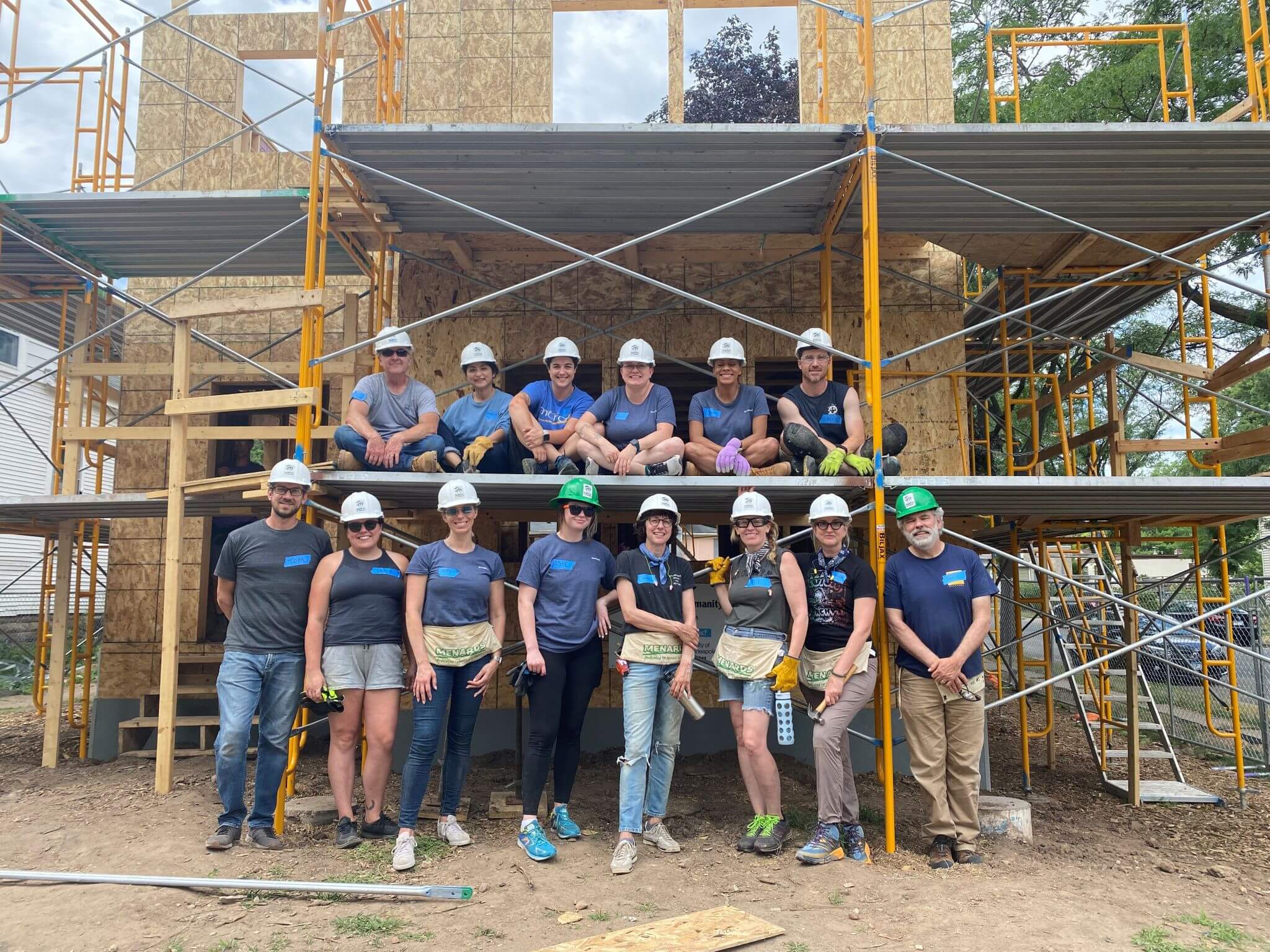
In addition to its relatively local sourcing, Room & Board’s “better for people” bucket of its sustainability framework includes employee well-being, along with philanthropy work focused on social equity and justice.
For example, the company partners with Sweet Potato Comfort Pie, a Minneapolis-area nonprofit that uses “the powerful Black cultural food tradition of making and delivering sweet potato pies” as part of advancing racial justice and equity, the organization explains.
Room & Board sponsored Sweet Potato Comfort Pie’s 2022 Food Tour for Black Women, for example. The company also invited its Minneapolis staff to attend a play hosted by Sweet Potato Comfort Pie as part of the nonprofit’s 2022 Juneteenth Jubilee.
The company’s emphasis on employee and social well-being also ties back to its environmental work and products.
Recently, 30 employees volunteered for a tree planting event in Minneapolis in an area where ash trees had been removed due to the emerald ash borer infestation, thereby contributing to a circularity of sorts.
“Maybe the ash trees we use didn't come down from that specific park, but we're using trees that are coming down in Minneapolis and upcycling them into beautiful furniture. And here we are using our staff time and our volunteer hours to now replant new trees in this area where they've lost those ash trees,” says McGarvey.
Better Planet
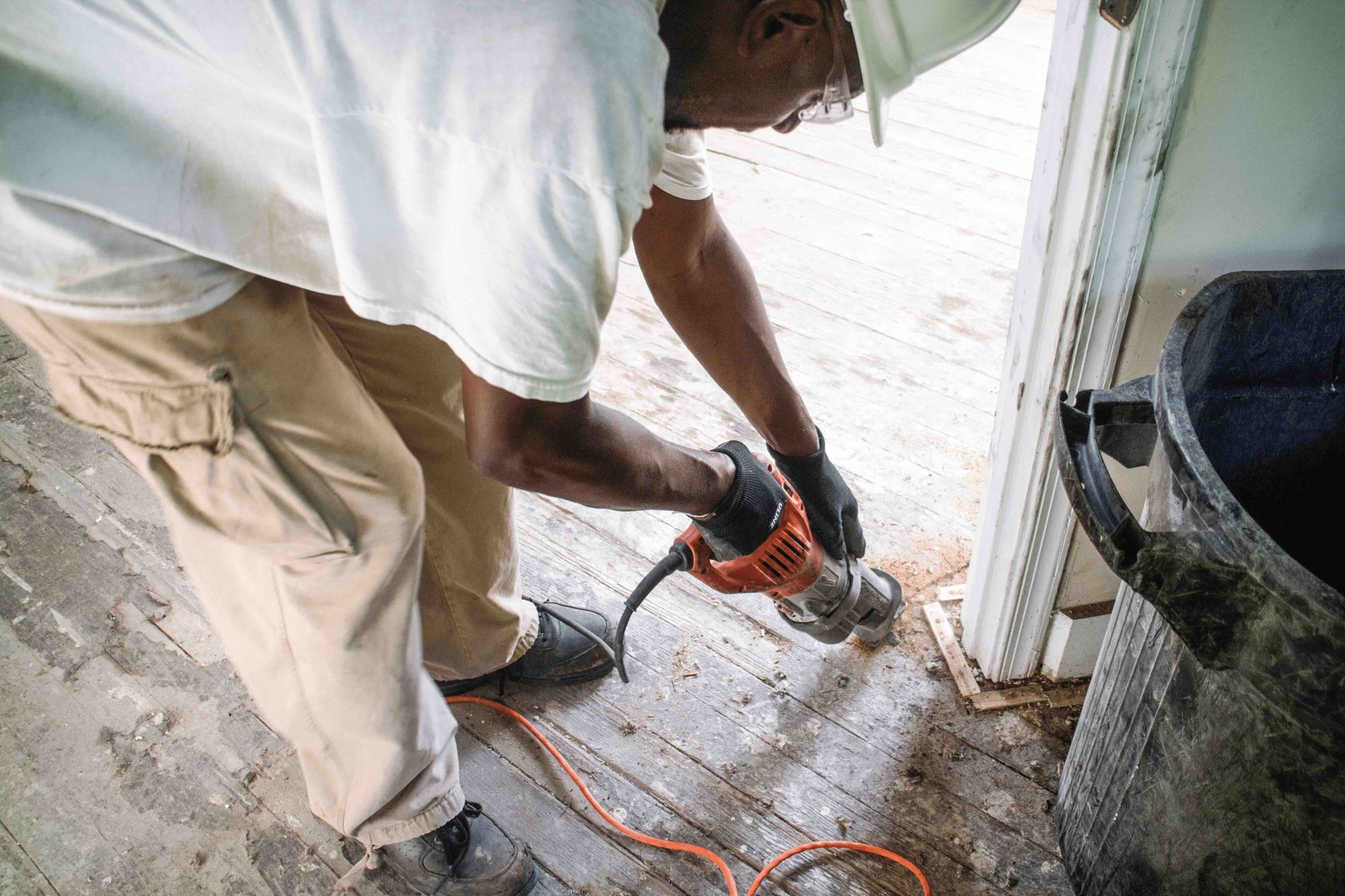
While there’s certainly crossover between the buckets in terms of acting more environmentally friendly, Room & Board's “better planet” bucket looks more specifically at improving the sustainability of its operations.
That includes planning to get to 100% renewable electricity within its operations. In just the past few months, the company has gone from 20% to 70% by working with utility partners to procure renewable electricity, explains McGarvey.
Another initiative includes electrifying its fleet of short-haul delivery trucks, starting in California.
The company has also worked with a materiality consultant, Third Partners, to calculate its Scope 1 and Scope 2 emissions. Room & Board is trying to also figure out the best way to calculate its Scope 3 emissions but knows that it can do some work meanwhile to tackle big contributors.
“We prioritize based on where we have the most impact,” says McGarvey. That ties back to its sustainable wood initiatives, for example, considering that’s the material the company uses most. “And so we want to make sure that we are supporting our forests, making sure that we're doing things correctly and [using] sustainably sourced [wood].”
Room & Board is also in the early stages of considering how to deal with furniture disposal. While it intentionally tries to create long-lasting pieces, the reality is that some furniture does end up in landfills.
“We're going to have to partner across the furniture industry to really figure out that final end of life, when there is no other option,” such as resale or repaid, says McGarvey.
Turning Sustainability Into a Financial Advantage
Room & Board’s work across the product, people, and planet pillars not only helps from an environmental and social perspective, but it also makes the business more competitive financially.
“We definitely see there are ways to reduce expenses in our operations” through sustainability, says McGarvey.
Adding a solar array, for example, requires “a capital outlay upfront, but you're seeing the payback in 5-10 years, and so it's a good financial outlay of dollars,” she says.
Many employees also get excited about Room & Board's sustainability initiatives, which helps with staff engagement. They’re also eager to share that excitement with customers, which helps with sales, she adds.
Beyond the societal benefits, “sustainability either should be increasing sales, decreasing expenses, or, kind of the intangible, it should be improving your reputation or mitigating reputational risk. One of those four levers should be happening across all of your projects,” says McGarvey.
Disclosure: Our parent company, JournoContent LLC, has clients involved in sustainability-related areas, among others. The owner of Carbon Neutral Copy, Jacob (Jake) Safane, has investments in sustainability-related companies, among others.
As such, conflicts of interest related to these and other investments/business relationships, even if unintended, may exist at times. Please email info@carbonneutralcopy.com if you'd like further clarification on any issues.



